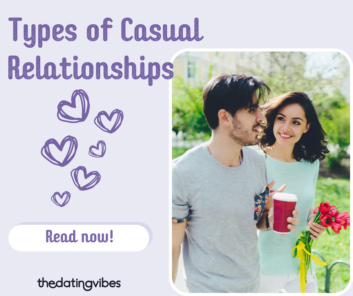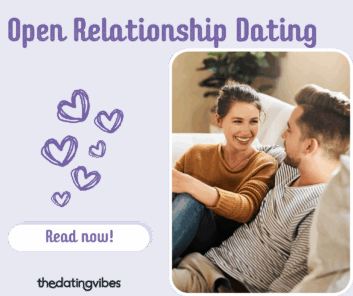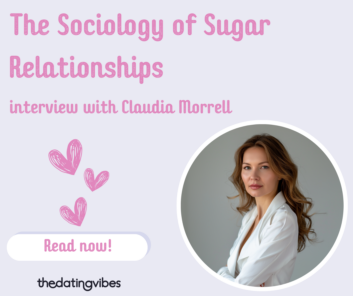Exploring Boundaries: Different Types of Open Relationships
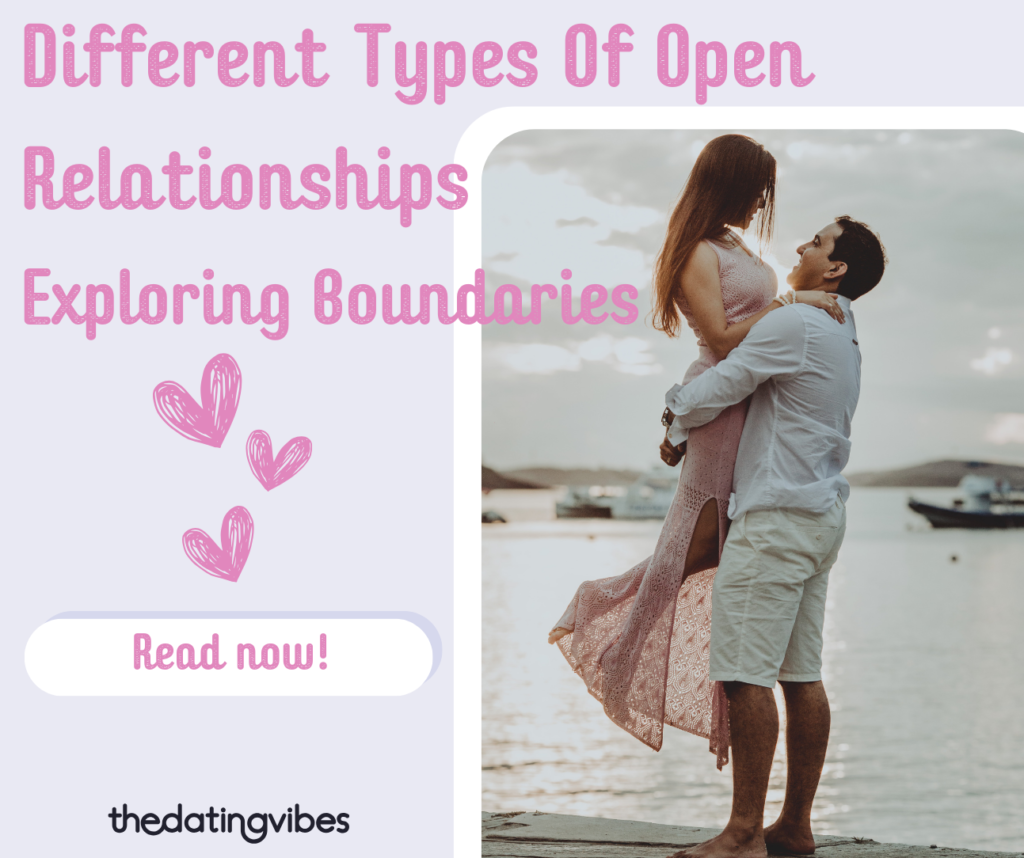
Heterosexual and LGBTQ+ relationships are the most popular types of romantic partnerships existing in the modern world. However, there are alternative relationships many feel shy to talk about — open or non-monogamy relationships. If you feel this is the type of union you want deeply in your soul, you have to learn more about it to prepare.
Things You Should Know About Open Relationships
What does an open relationship mean? This umbrella term — open/non-monogamy relationship — is a type of relationship where partners agree to have romantic and sexual connections with other people. Individuals who agree to be in this sort of relationship are called polyamorous. They reject the idea that one person is designed to be only with one partner at the same time.
Many people, especially conservative ones, speak against such partnerships. Thus, a lot of governments don’t allow marriages and raising children for non-monogamous individuals. However, there are organizations that protect the rights of non-monogamous people, such as The Organization for Polyamory and Ethical Non-monogamy (OPEN), The Polyamory Action Lobby (PAL), and The Polyamory Legal Advocacy Coalition (PLAC).
Non-monogamy relationships have several characteristics:
- The partners emphasize respect for each other’s choices
- Partners are honest about their connections with others. Cheating as such does not exist in such relationships
- Partners never show possessive behavior and respect the relationships of each other
- The worldview of such people is based on the joy and pleasure they can get from comparing and trying new connections
These characteristics may sound like open relationships are all perfect. However, there are major difficulties, which are worth being aware of: not all people can stay in such relationships. Individuals may decide to try something new and then see it’s not for them. In addition, jealousy often becomes a breakup trigger in open relationships. For example, one partner may envy that another partner has more connections. Another not very pleasant thing about types of ethical non-monogamy connections is the risk of catching venereal diseases. You may be cautious, but you never know if your partner is safe, too.
The Growing Trend of Open Relationships: Key Statistics and Insights
Open relationships, a form of consensual non-monogamy, are becoming accepted in various societies. Here’s an overview of key statistics:
Prevalence of Open Relationships:
- United States: Approximately 4% of U.S. adults are currently in open relationships.
- Experience with Consensual Non-Monogamy: About 20% of individuals in the U.S. and Canada have engaged in consensual non-monogamous relationships at some point in their lives.
Demographic Insights:
- Age: Younger adults show greater acceptance of open marriages. A 2023 Pew Research Center study found that 51% of adults under 30 consider open marriages acceptable, with acceptance decreasing in older age groups.
- Gender: Men are generally more open to non-monogamous relationships than women. A YouGov poll indicated that 32% of men and 19% of women expressed interest in open relationships.
- Sexual Orientation: Non-monogamous arrangements are more common among LGBTQ+ individuals. Studies show that 33% of gay men, 23% of bisexual men, 5% of lesbian women, and 22% of bisexual women report being in open relationships.
These statistics show the evolving perspectives on open relationships, with increasing acceptance among younger adults and certain demographic groups.
The Rules of Open Relationships
“There are rules? I thought open relationships are about having no rules.”
Yes, the non-monogamy community also has a set of rules that can help make such connections maximum pleasant:
- Don’t Lie!
If you have new connections or new preferences — you don’t hide it from your partner. Firstly, it’s disrespectful because the principle of open relationships is about being open about your romantic life with others. Secondly, there is no need to lie — you don’t cheat because your polygamous partner can understand it.
- Boundaries Are Discussed!
Before entering into an open relationship, you always discuss your intimate and emotional boundaries. Your partner doesn’t want a triad relationship but agrees you have a free connection with other people? You accept it. Or maybe you don’t want to practice BDSM relationships? Your partner should respect this choice, too.
- Stick to the Rule of Veto!
Yes, the “veto” term can be applied to alternative relationships, too. It means you or your partner can ban a specific person. For example, you can be comfortable with your partner having other connections, except your relative/friend/ex/neighbor/etc.
- Stay Safe!
If you are involved in intimate connections with other people, always remember about your safety. It’s crucial because if you are unsafe, you can infect your partner, too.
10 Alternatives to Monogamous Relationships
Before trying something new, you need to know what an open relationship is. Non-monogamous relationship types are, actually, quite versatile. Let’s look at the list of types of relationships and learn about what an open relationship is called.
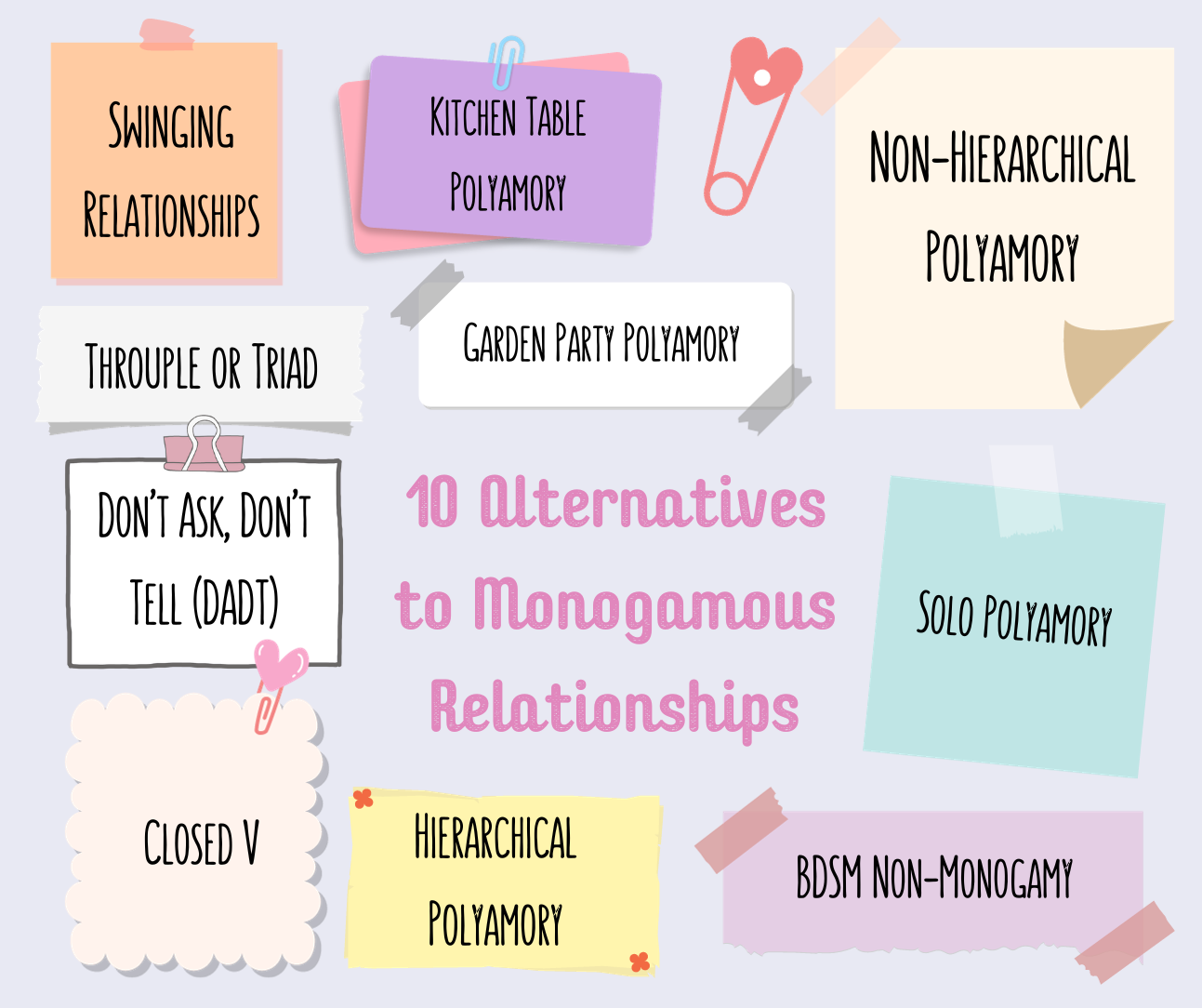
Swinging Relationships
The first open relationship name is swinging couples. They often find other swinging couples to have intimate connections with them. This type of non-monogamy doesn’t necessarily mean these partners love each other or have any romantic feelings. Swinging is rather for having a pleasing time.
Kitchen Table Polyamory
These polyamory relationships mean that you can go along well with your partner’s partner and belong to the types of consensual non-monogamy. For example, you can even be friends with them. You can sit together in a kitchen to discuss the weather, and you will be fine with it.
Garden Party Polyamory
Garden party polyamory is a softened version of kitchen table polygamous relationships. In such a union, partners respect each other’s connections, but they are not necessarily friends. While in the “kitchen,” people are besties, in the “garden”, it’s more like a “we are acquaintances” type of vibe.
Don’t Ask, Don’t Tell (DADT)
DADT is the opposite of kitchen table polyamory — you and your partner never ask each other about your side connections. It doesn’t mean you hide cheating — you know you have partners, but you never bring this to the table.
Throuple or Triad
Three people being intimately connected — it is what a triad looks like. However, there are four relationships in the triad: one-on-one connections between partners and the relationships of the three together.
Closed V
The Closed V connections are a bit similar to the triad. However, there is a big difference: two people are not connected, but they are both intimately or romantically involved with the third person. This third person is the hinge of the V, the core of this relationship.
Hierarchical Polyamory
This type of open relationship is very easy to understand. Imagine two partners each having side connections. But these partners still respect and consider each other as Primary or, let’s say, Alfa partners who play a higher role than side partners.
Solo Polyamory
“Solo polies”, on the contrary, never have a primary long-term partner, preferring to be on their own. In such a relationship, solo partners consider all their connections as side or Beta relations.
Non-Hierarchical Polyamory
Meanwhile, in a non-hierarchical polyamory, all partners are treated the same. Individuals in such unions respect other partners, although they might not be as close as people in the kitchen table polyamory.
BDSM Non-Monogamy
This non-monogamous relationship type is not as common as those we mentioned above, but it’s worth mentioning. When one partner has some kink desires, but another doesn’t share them, the couple may agree that this partner can have a side connection to satisfy their needs.
The Realities of Open Relationships: How to Overcome Common Challenges
Open relationships can be fulfilling but also come with challenges. Here are key obstacles and ways to manage them:
- Jealousy – It’s natural, even in open relationships. Talk openly about feelings, set clear boundaries, and check in regularly with your partners to build trust.
- Time Management – Balancing multiple relationships takes effort. Plan schedules carefully and make sure quality time with each partner to avoid feelings of neglect.
- Societal Stigma – Not everyone will understand or accept non-monogamy. Find supportive communities, set boundaries on who you share details with, and focus on what works for you.
With honest communication and clear expectations, open relationships can thrive despite these challenges.
The Emotional Landscape of Open Relationships
Many assume types of open marriages and open relationships are purely physical, but in my work as a psychotherapist, I’ve found they often demand more emotional intelligence, not less.
Trust, communication, and respect are important in any relationship, but when multiple partners are involved, emotions become more complex. Jealousy, insecurity, and comparison can arise—even among confident individuals. The difference? In open relationships, these feelings must be processed openly; avoidance only breeds conflict.
A common struggle I see is the fear of not being enough. Even those who embrace non-monogamy can feel a sting when their partner connects with someone else. Instead of suppressing these emotions, I encourage clients to explore them: Is this revealing a need for reassurance? A fear of being replaced? Acknowledging and addressing these feelings fosters growth.
Another key skill is compersion—genuine joy for a partner’s happiness, even when it doesn’t involve you. Some describe it as the opposite of jealousy. It doesn’t always come naturally, but with self-assurance and empathy, it can be cultivated.
Open relationships aren’t “easier” than monogamous ones; they require greater self-awareness and communication. But for those willing to do the work, they can lead to profound personal growth and deeply fulfilling connections.
Conclusion: Is an Open Relationship Right for You?
Open relationships come in many forms, and their success depends on trust, communication, and clear boundaries. While they can be fulfilling, they also bring challenges like jealousy, time management, and societal judgment.
In my experience as a psychotherapist, people who have open relationships are self-aware, honest about their needs, and willing to express their emotions openly. But not everyone is suited for non-monogamy, and that’s okay. The key is understanding what truly makes you and your partner happy.
FAQ
Both open and polyamory relationships imply having connections with multiple partners. However, open relationships mean being intimate with other people, while polyamory individuals are also emotionally and spiritually connected with their side partners.
Usually, people in open relationships are more welcoming to discussing their connections with others and the boundaries that they set being in such a relationship. However, your partner can be jealous that you spend more time with your side partners.
1. You meet new people who can show you different worldviews.
2. You try and combine new intimate pleasures.
3. You are not burdened by the obligation to be loyal.
When you consider entering non-monogamous relationship types, you have to always remember several negative sides. Firstly, there is the risk of getting a venereal disease if you or your partner are not safe when being intimately close to others. Secondly, you may get disappointed if you realize it’s not what you seek. Thirdly, there are not that many people ready to try non-monogamous relationships, so it can be a challenge for you to find like-minded individuals.
The best way to feel safe in open relationships is to be always honest about your feelings and accept the feelings of your partners. Moreover, you should always check on your safety when being in intimate connections with others.

